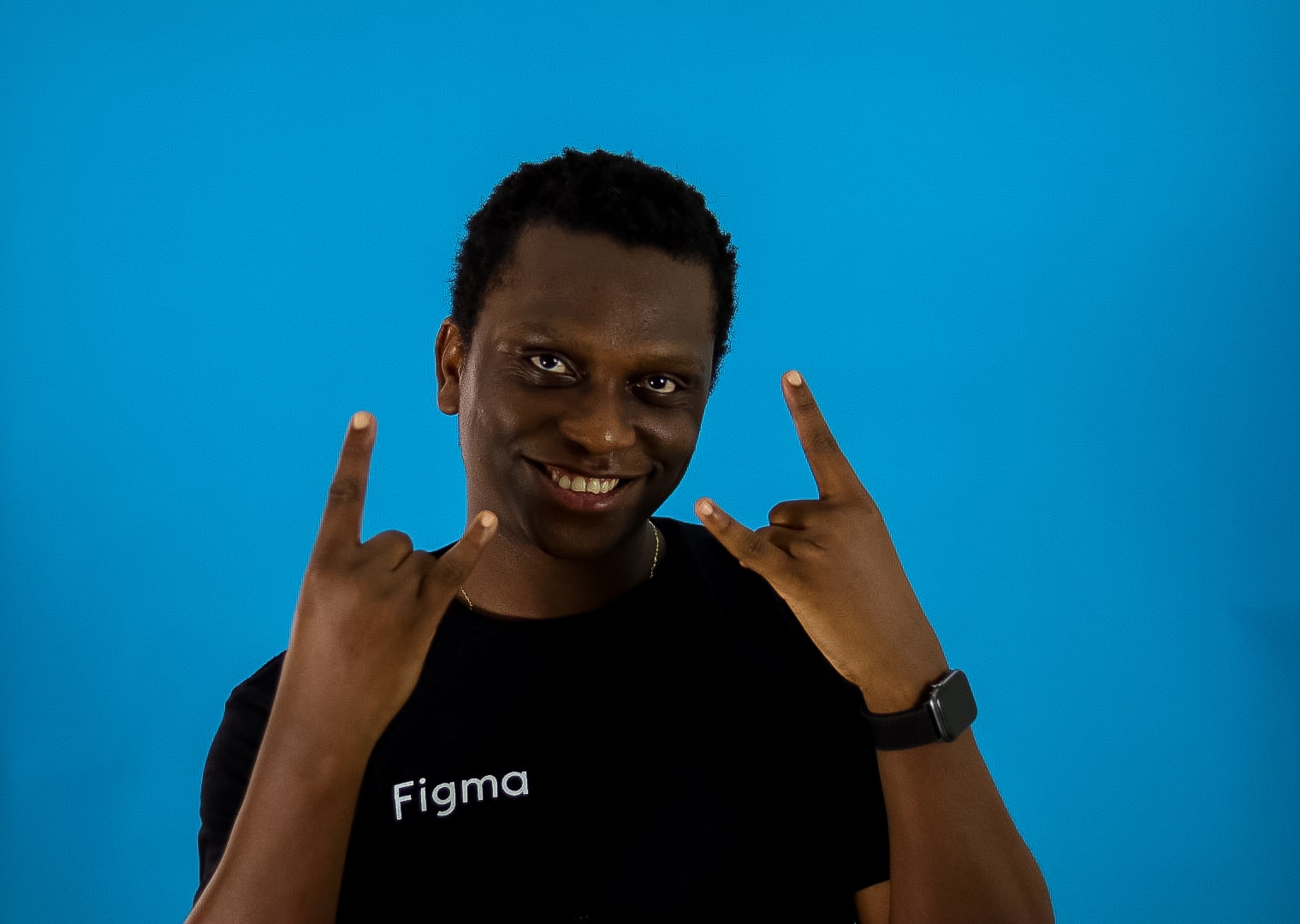One of the first things you realize when you begin to lead a team is that working together can easily become very chaotic. Left unchecked, you'll have a team that works in silos and most likely in competition with each other.
As Flutterwave has grown, the design team has had to evolve. We went from a team of generalists to a team of specialists. We failed multiple times but we’ve found our mojo.
Working daily across different disciplines, from Product Design to Brand Design, Research, Content Strategy and Web Design, every little overhead in the transfer of information compounds. Every optimization is aimed at reducing friction and the ultimate goal is to enable every designer to do excellent work. We tried out so many things but nothing proved to be as effective and scalable as simply enabling collaboration.
Here are some of the things we did to foster a great collaboration culture on the design team.
We designed the team
Earlier in my career, I didn’t care much for structure. I always saw it as an obstacle to moving fast and doing “actual” work. Structure when designed well should be an enabler, not a blocker. I conducted interviews with every designer on the team to have a feel of what they are best at, what they want for themselves then matched it with the company needs. The outcome of this exercise is new roles and teams;
Product designers
Web experience designers
Brand designers
UX writers
In another article, I’ll go deeper into what each team does but if you’re a designer, you can take a pretty good guess.
Going from a generalist approach to a specialist structure immediately opened up growth opportunities for each person. It became clearer what we all needed to do to get better.
What does this look like in practice?
You need a UX writer when you’re working on a feature.
A brand designer needs to work on marketing assets for that feature.
In some cases, a micro-site is needed for that feature or product. Guess who does that? Yeah, you’re right.
Product designers? Well, they design the products.
Switching to a specialist structure meant that we had to start hiring talented people for those roles. The good thing about having talented people is that the output becomes better and obvious. We became a "design team".
We went big on documentation

It’s super easy to lose information. We are a company of almost 400 employees, how do you ensure that;
Context is easily accessible?
Guidelines are documented and accessible?
New team members aren't stuck asking basic questions?
We use Notion to answer this question. We have templates for creative briefs, PRDs, and many more types of documentation we do. Also, it helps that Notion is a collaborative tool.
Design Crit
Once a week, we have a session where designers can demo their work and get constructive feedback. Most of the time, we already have some context on the work everyone is doing because we tend to share our work with each other super early and frequently. Design crit is the platform to showcase work that is a bit farther along that it can be demoed. It has helped with the diversity of ideas because that is where you get a ton of feedback based on the different perspectives of everyone present.
Playtime
Fintech and finance generally is a very intense industry to work in. Literally dealing with other people's money. Flutterwave vision is very big. We've done quite a lot of work but taking a peek at our roadmap shows just how far we are from where we want to be. We need to avoid burnout. It's a terrible place to be. We decided to allocate some playtime into the workweek. We call it TGIF.
TGIF is a 1-hour session we have every week on Fridays to get together on Google Meet and just... talk, play games, and gist. No work is discussed unless it is critical for that time, else it's a time to unwind.
We are currently a team of 14 people, we love how far we've come but we've still got some ways to go.

